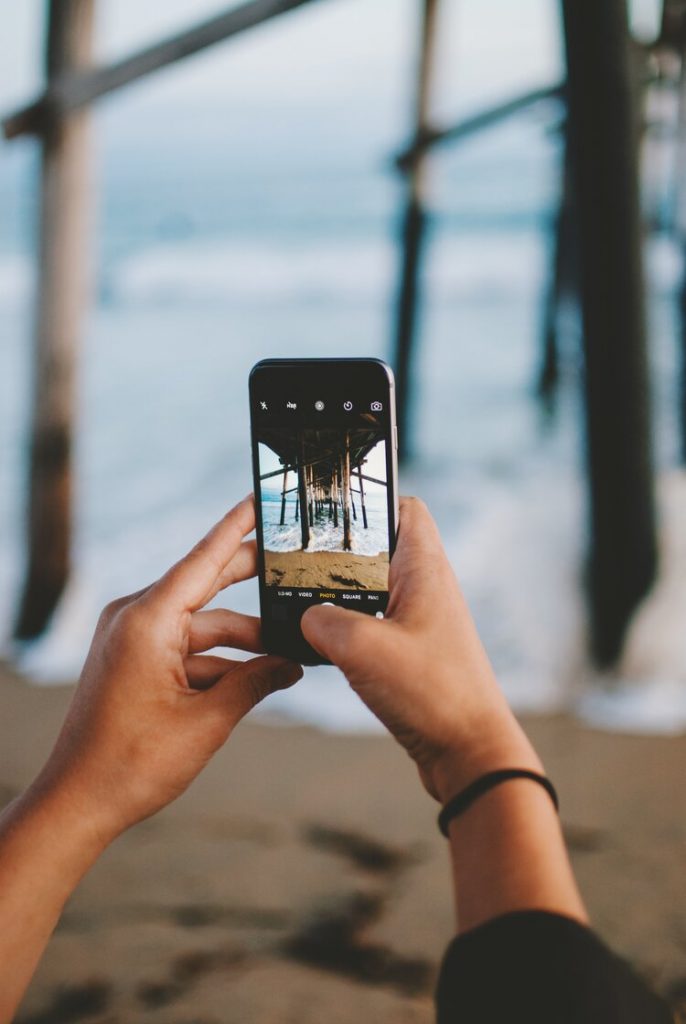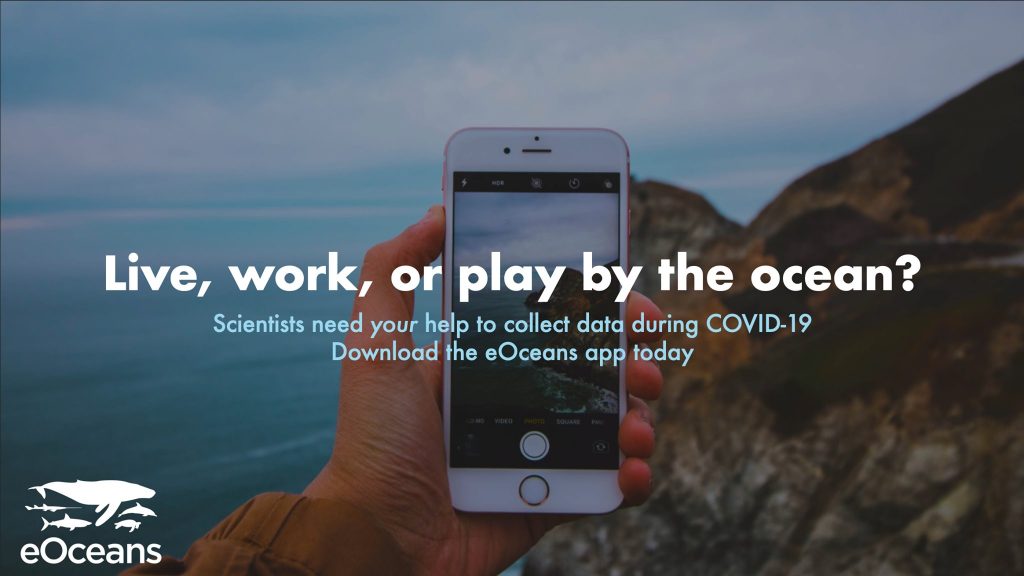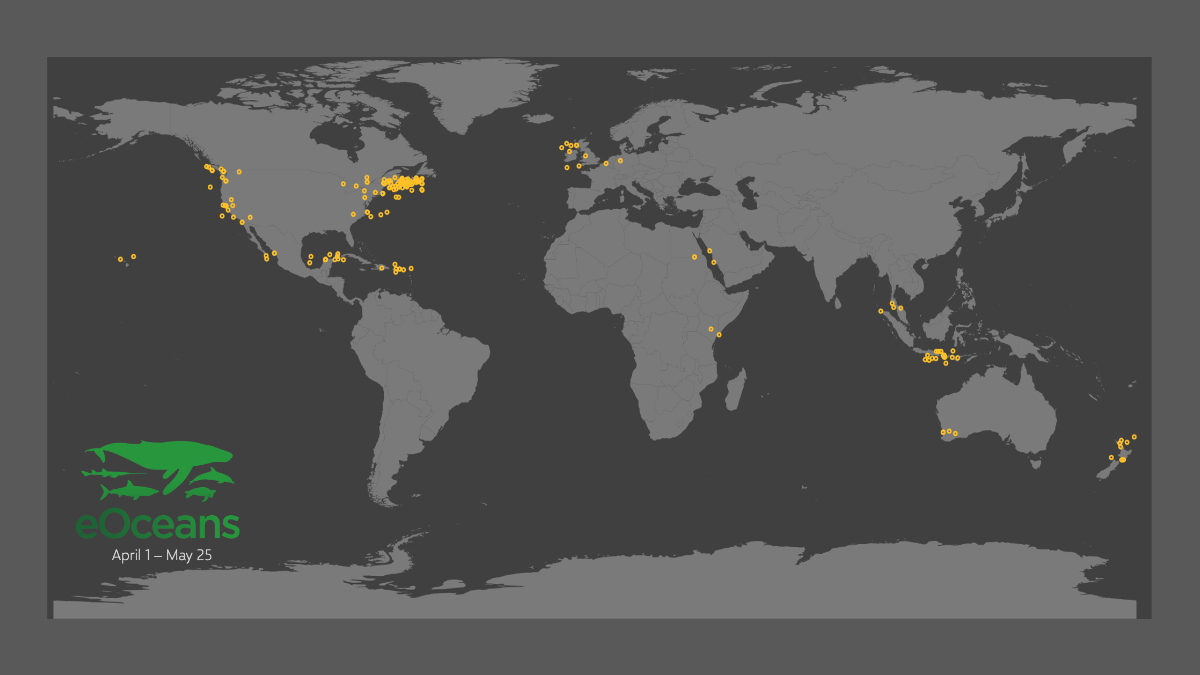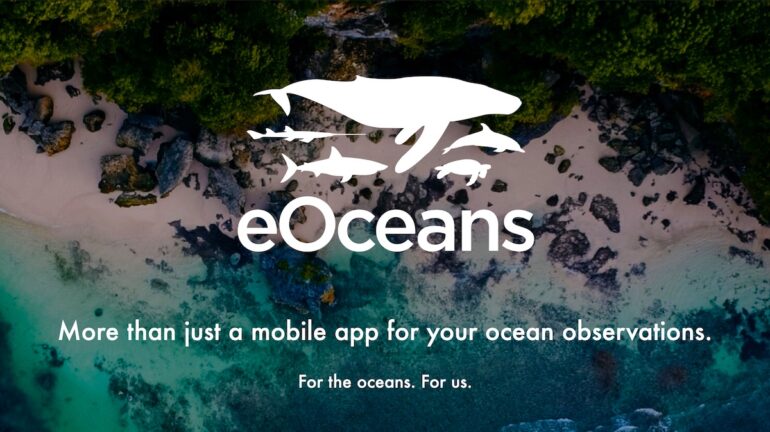Our Ocean in COVID-19
If you are lucky enough to live, work, or play by the ocean, eOceans is a citizen science app to track ocean observations. Download the app and start tracking what you see even if it’s empty beaches.

What’s happening in coastal communities, along coastlines and in the oceans as humans respond to COVID-19 is unprecedented. Tourism, fishing, recreational uses, have all changed dramatically. The eOcean app has launched a new campaign, Our Ocean in COVID-19, to monitor these changes.
Anywhere you see the ocean your backyard, piers, beaches, at-sea, etc. Even if it’s from your car while ocean access areas are closed — log an observation of an empty beach, for example, and this can be compared to the same time next week, month, or year.
“It is expected this event will have widespread and long-term impacts on humans and nature. In this project, we aim to track these patterns along coastlines and across the ocean around the world in real-time. Your observations are essential for making this happen.”
However, we are not only interested in how humans impact the ocean but also how the ocean impacts humans. During this time, people have found solitude by the ocean. Many have been surfing, fishing, sailing, kayaking, and beach walking at times when they would be in school or at work.

Unfortunately, the change hasn’t been positive for everyone. Tourism-dependent coastal communities have been decimated by canceled flights, and travelers and workers forced home. Ocean researchers and managers also had to stay home, delaying, postponing, and canceling entire field seasons. In the absence of enforcement and tourism, poaching and destructive fishing practices have reappeared.
With this in mind, we designed the primary scientific goals of the project to understand:
i) the socioeconomic value of the ocean during these hard times, and
ii) the interaction of humans with wildlife.

Join scientists and community leaders from around the world. Every time you can see the ocean, log some observations.
App Store Google Play



